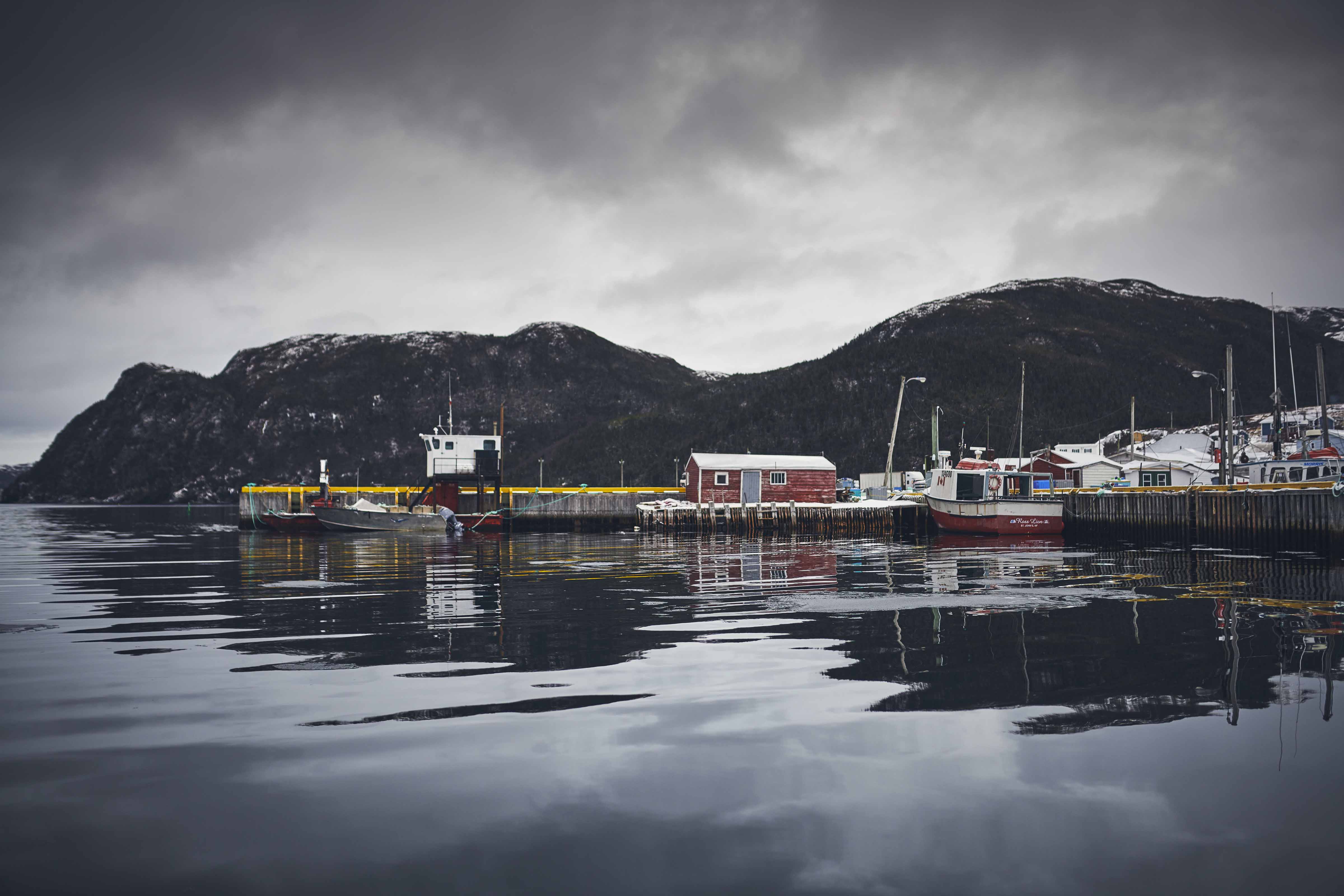Public Reporting

This page is focused on public reporting for the aquaculture industry in Newfoundland and Labrador as per Aquaculture Policy 17.
Reporting of naturally occurring sea lice parasites started in the summer of 2021.
Sea lice are naturally occurring parasites in the marine environment. Industry, with government regulatory oversight, and support of researchers, monitor sea lice regularly to ensure the highest standard of health and welfare is maintained for our animals at all times.
Company Sea Lice Reporting
As committed to in 2020 the aquaculture industry is making sea lice information available publicly in Newfoundland and Labrador.
Sea lice are naturally occurring in the ocean and live on many species of wild fish including salmon. They do not pose a human health or food safety risk.
Sea lice abundance will vary over the course of a year, and depends on many environmental factors including water temperature and salinity.
Farmed salmon enter the water free of disease and sea lice. However, because sea lice exist naturally in the environment, salmon farmers, like other farmers who work on land, must manage this pest to protect the health and wellbeing of the animals in their care. Sea lice monitoring is an important component of our fish healthcare routine.
Integrated Pest Management (IPM) is a strategic approach to managing sea lice. Salmon farmers continue to invest millions of dollars annually into the research, development and use of alternative "green" sea lice management technologies like well-boats, mechanical removal mechanisms and cleanerfish.
Farmers consistently monitor sea lice at all farms as part of our IPM plans. However, during the winter months when water temperatures are low, sea lice sampling is temporarily suspended to limit fish handling.
All treatments are conducted under multiple levels of veterinarian care, reported to regulators.
Sea lice numbers and incident reporting can now be found at: Aquaculture Portal
Access archived sea lice numbers here: Archived Sea Lice Numbers